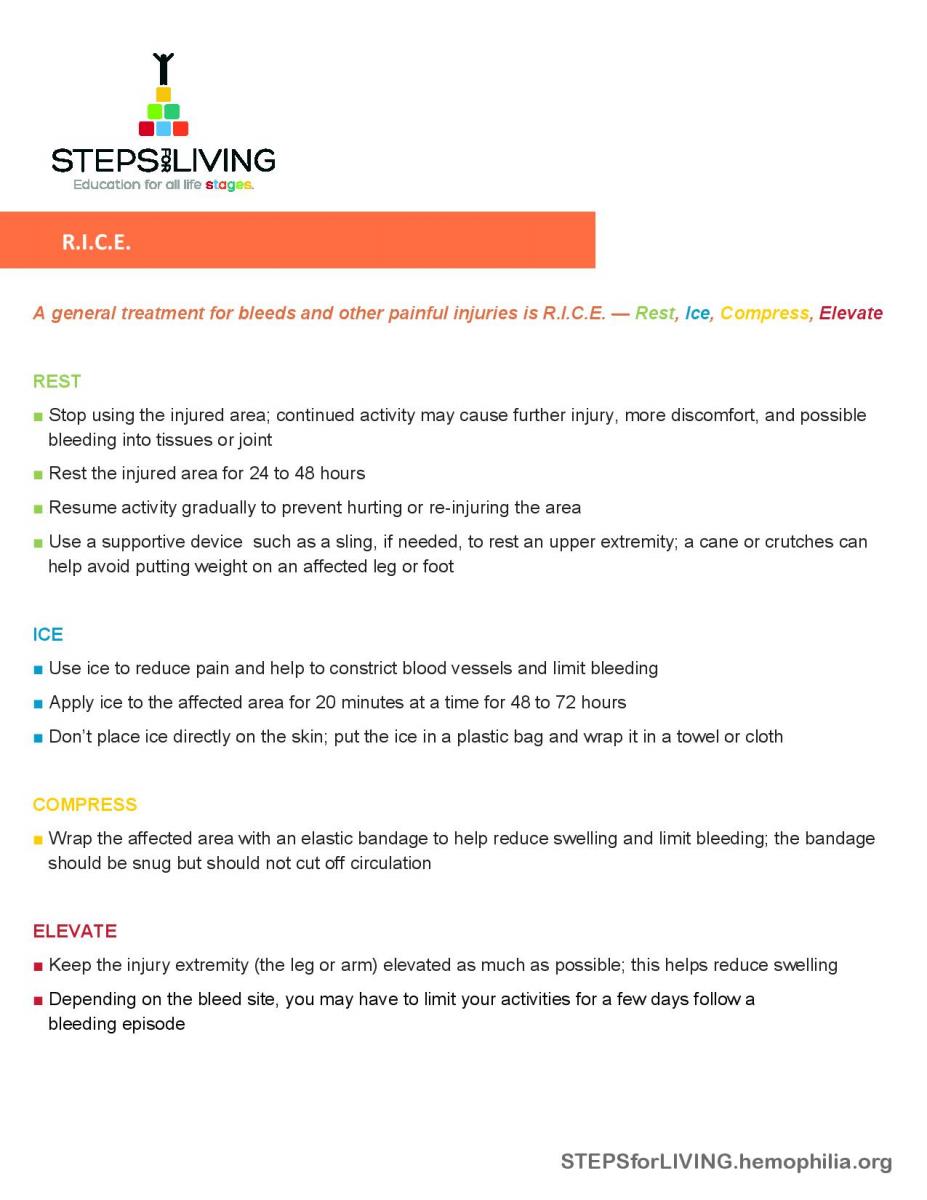Prompt Treatment Is Important

Once you have identified that you are experiencing a bleeding episode, it is important to treat as soon as possible. After administering your bleeding disorder medication, it will circulate quickly in your bloodstream. This allows your body to use it right away to form the needed blood clot. Once the blood clot is made and the bleeding has stopped, the body begins to reabsorb the blood that has leaked into your tissues and joints..
If treatment is administered soon after a bleed starts, the bleeding will stop faster, and less blood will need to be reabsorbed. If there is any doubt about whether to treat, always decide on the side of caution: When in doubt, treat.
If you want more information about different types of bleeds, please go to Identifying Types of Bleeds.
While not all bleeds occur in joints, joints are particularly prone to secondary damage from bleeding episodes. Joint damage, which we call hemarthropathy, occurs more commonly over time from repeated bleeding into a joint. However, even minor joint bleeds or microbleeds can lead to damage. Early treatment will minimize the risk of joint damage.
If you want more information about joint bleeds and what you can do to limit damage to your joints, please go to Joint Protection.
First Aid
In general, small cuts and scrapes are treated with usual first-aid measures: clean the cut and then apply pressure and an adhesive bandage.
Deep cuts or internal bleeding, such as bleeding into the joints or muscles, will require administration of your bleeding disorder medication to help your body produce a firm blood clot and stop the bleeding.
Additionally, you can use the acronym P.R.I.C.E. to treat acute bleeding episodes. P.R.I.C.E. stands for Protect, Rest, Ice, Compression, and Elevation. This will support the healing processes and decrease the experience of pain. If you want more information about P.R.I.C.E., please take a look at this document:

